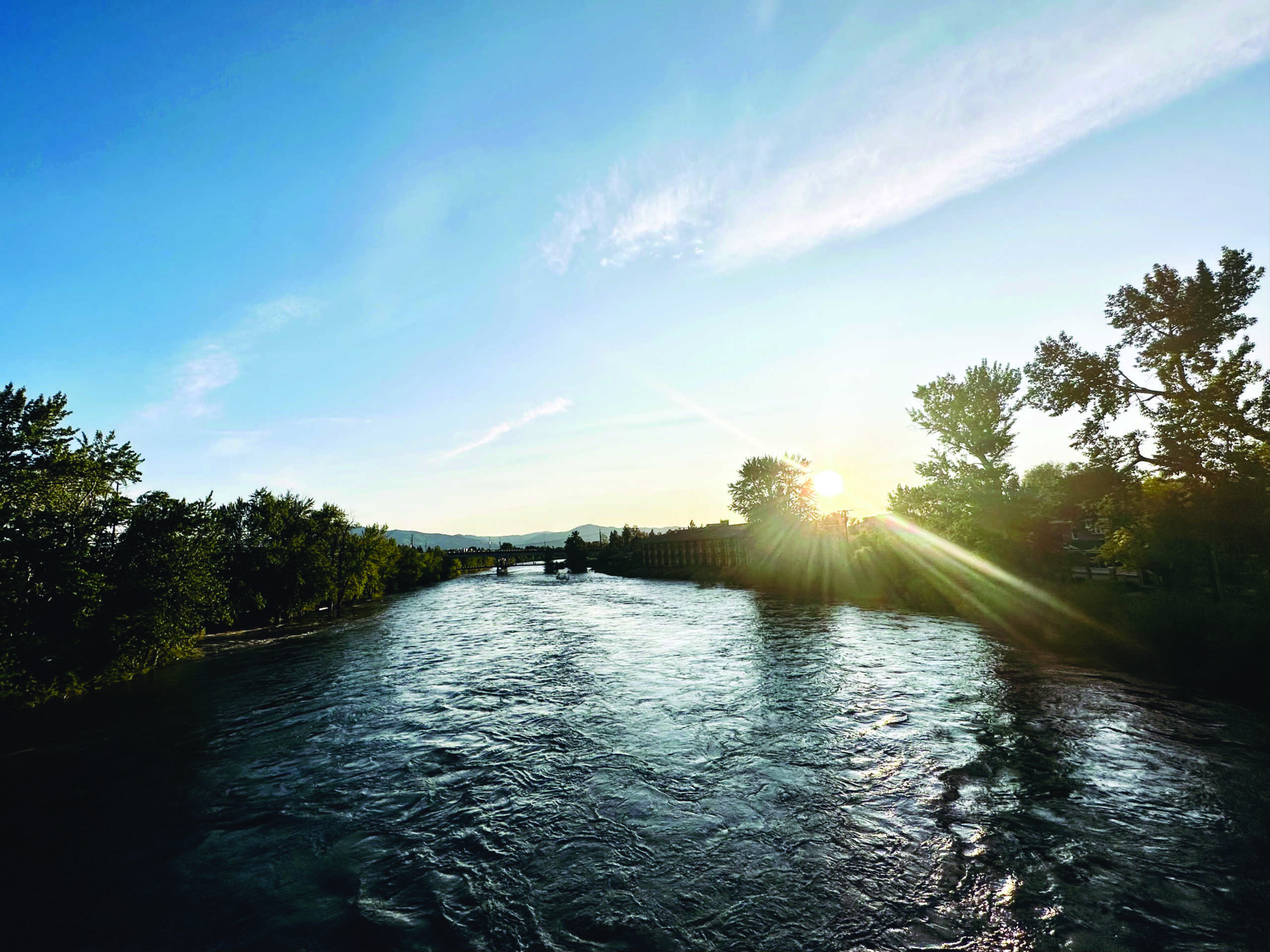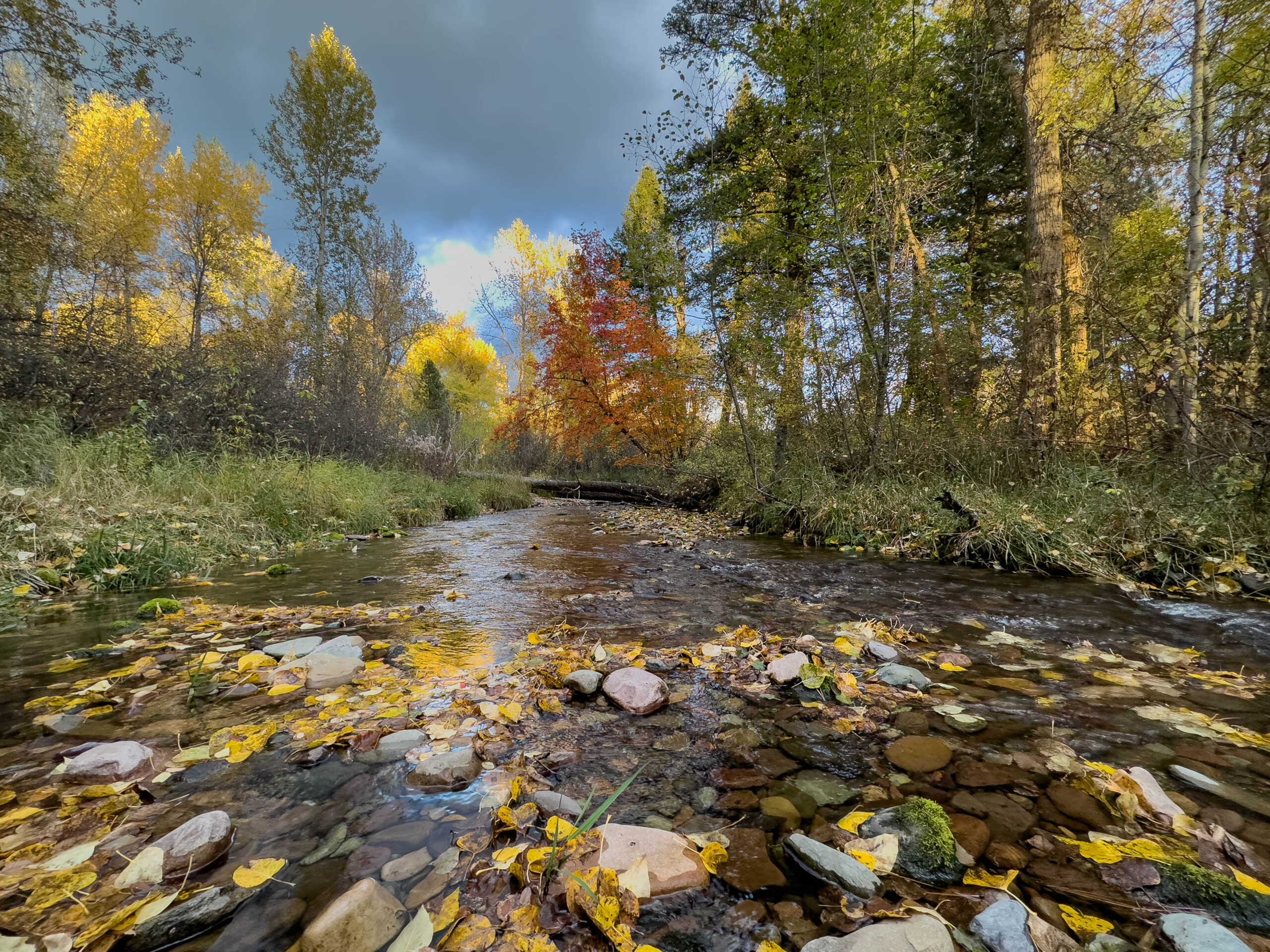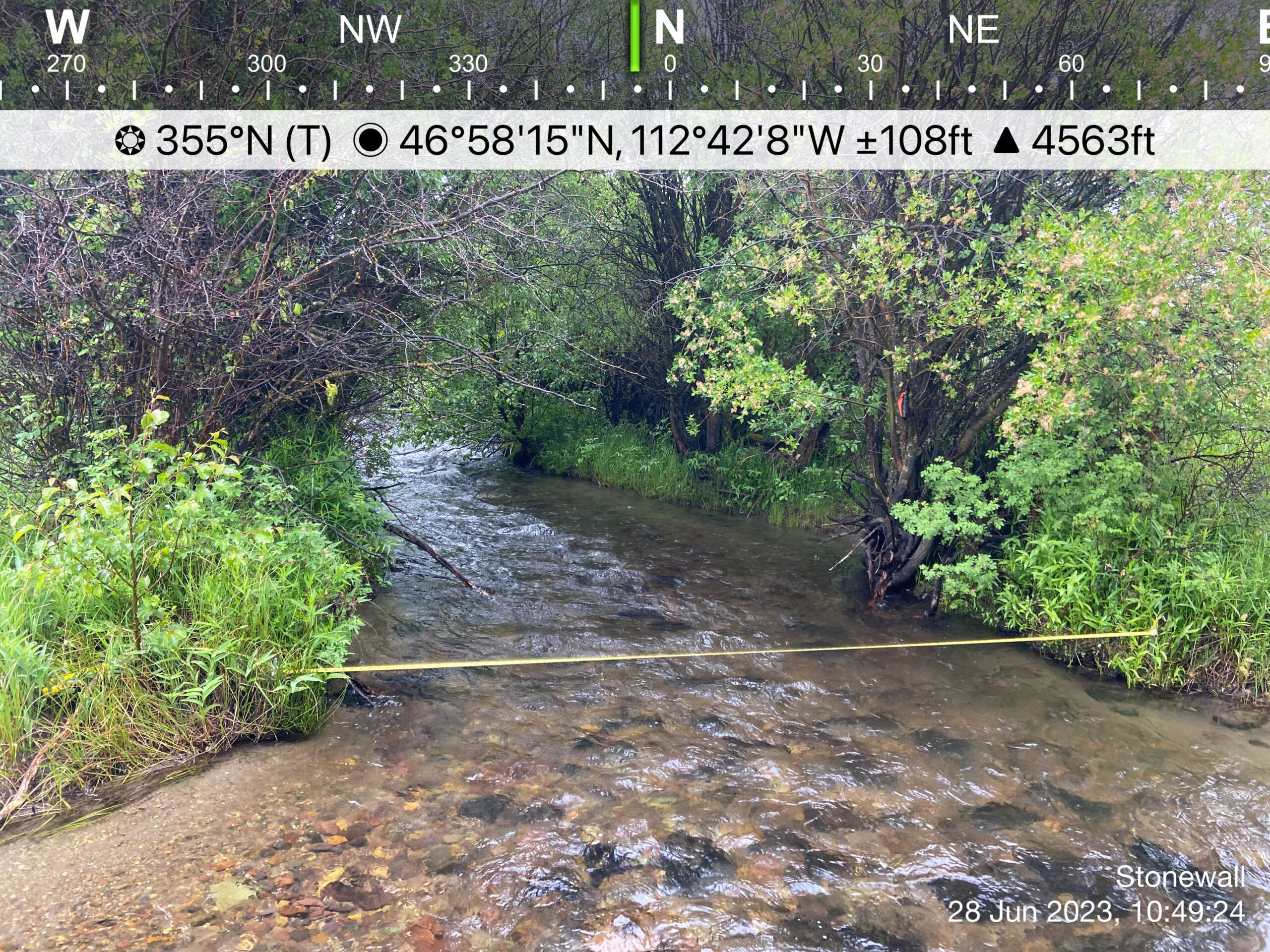Water Monitoring
From mid-spring to early fall, we monitor flow, temperature, and depth at 42 stations on 21 creeks and streams across the basin to get an accurate picture of the health of the Clark Fork watershed.


How we do it
The data we collect allows us to manage instream water rights and measure the effectiveness of restoration projects that impact the health of our tributaries—increasing water volume, keeping streams wet that would otherwise dry out at certain times of year, and returning fish to newly accessible habitat.

We couldn’t do it without you
Our capacity to act relies on your support




